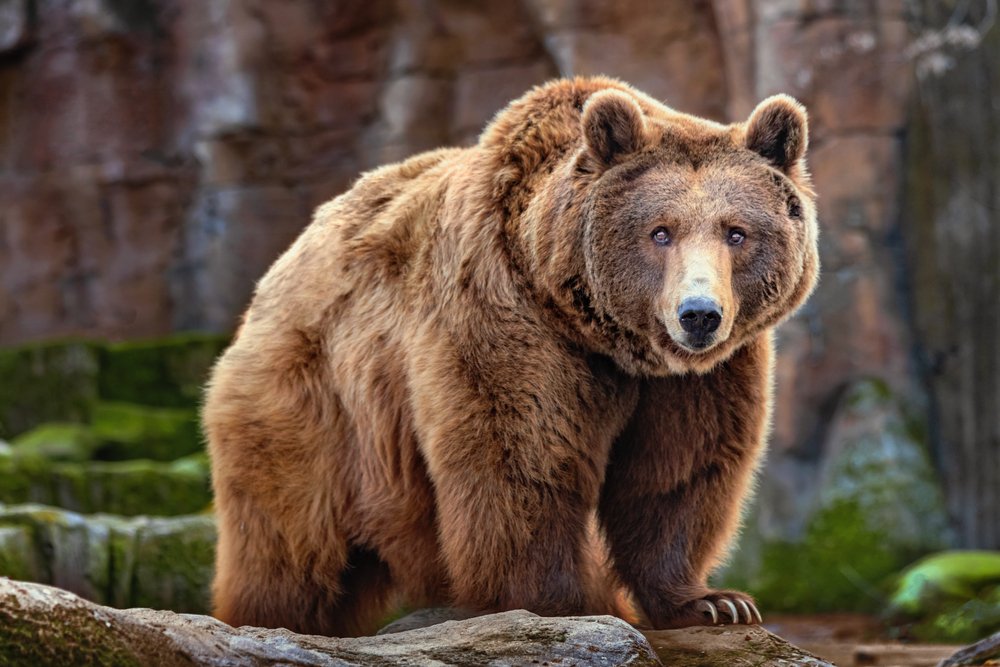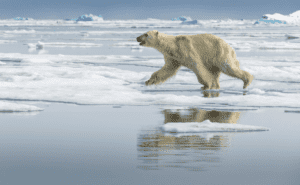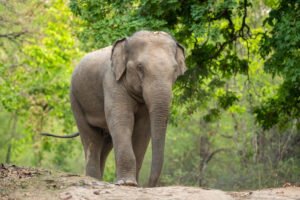Have you ever wondered that How Many Grizzly Bear Are Left In The World? Grizzly bears have long captivated our imagination and have been an important part of the ecosystem for thousands of years. However, due to human activities, their populations have dwindled in recent decades.
Around 60,000 wild grizzly bears are located throughout North America, 30,000 of which are found in Alaska. And up to 29,000 live in Canada. The Alaskan population of 30,000 individuals is the highest population of any province / state in North America.
Table of Contents
What Is The Diet And Behavior Of Grizzly Bears?
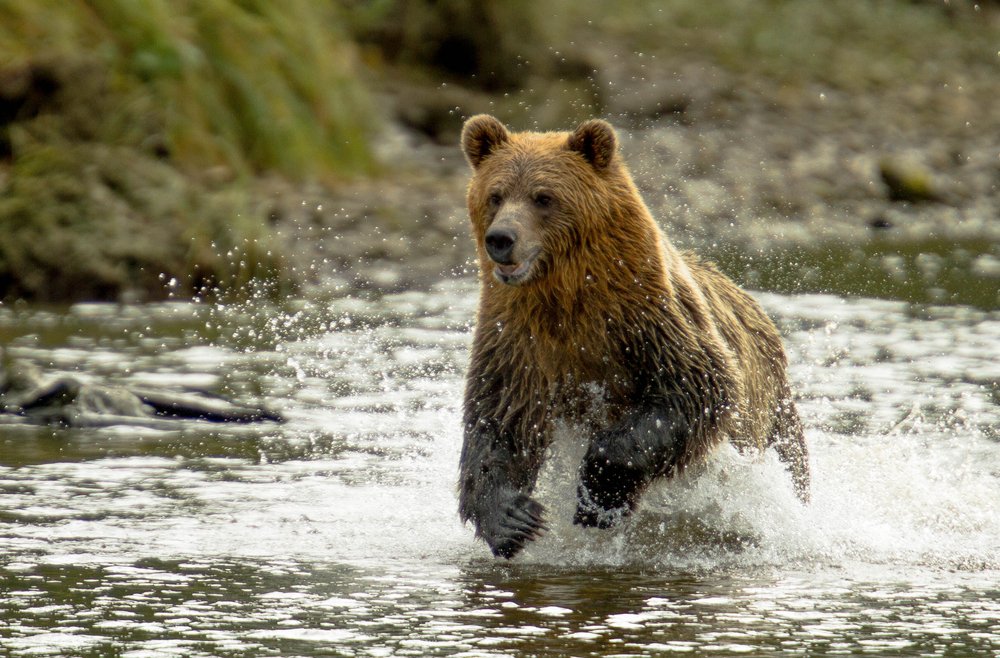
Grizzly bears are omnivorous, meaning they eat both plants and animals. Their diet varies depending on where they live and the time of year. For example, during the spring and summer months, grizzly bears feed on a wide variety of vegetation such as berries, roots, grasses, and even insects like ants. In the fall, their diet shifts to include more high-calorie foods such as nuts and fish. During the winter months, when food is scarce, they enter a state of hibernation, relying on their fat stores to survive.
As for their behavior, grizzly bears are solitary animals and spend most of their time alone, except for mothers with cubs. They are also territorial and will defend their territory from other bears. Grizzly bears are also known to be excellent swimmers and climbers, making them highly adaptable to various environments.
What Is The Current Population Of Grizzly Bears?
According to the International Union for Conservation of Nature (IUCN), the global population of grizzly bears is estimated to be around 55,000 to 60,000. This number includes both wild and captive populations. However, due to limited data and difficulties in accurately tracking these elusive creatures, this estimate may not be entirely accurate.

In 1900, How Many Grizzly Bear Are Left In The World?
It is estimated that there were around 50,000 grizzly bears in North America at the turn of the 20th century. However, by 1975, this number had dropped to less than 1,000 due to widespread hunting and habitat destruction. Thanks to conservation efforts and protective legislation, the population has since rebounded to its current numbers.
The Decline in Population Of Grizzly Bears
The primary reason for the decline in grizzly bear population is habitat loss and fragmentation. As human settlements expand, grizzly bears are losing their natural habitats and being forced into smaller areas, making it difficult for them to find food and mates. Additionally, illegal hunting and poaching also contribute to the decline in numbers.
Additional Factors Affecting Grizzly Bear’s Population
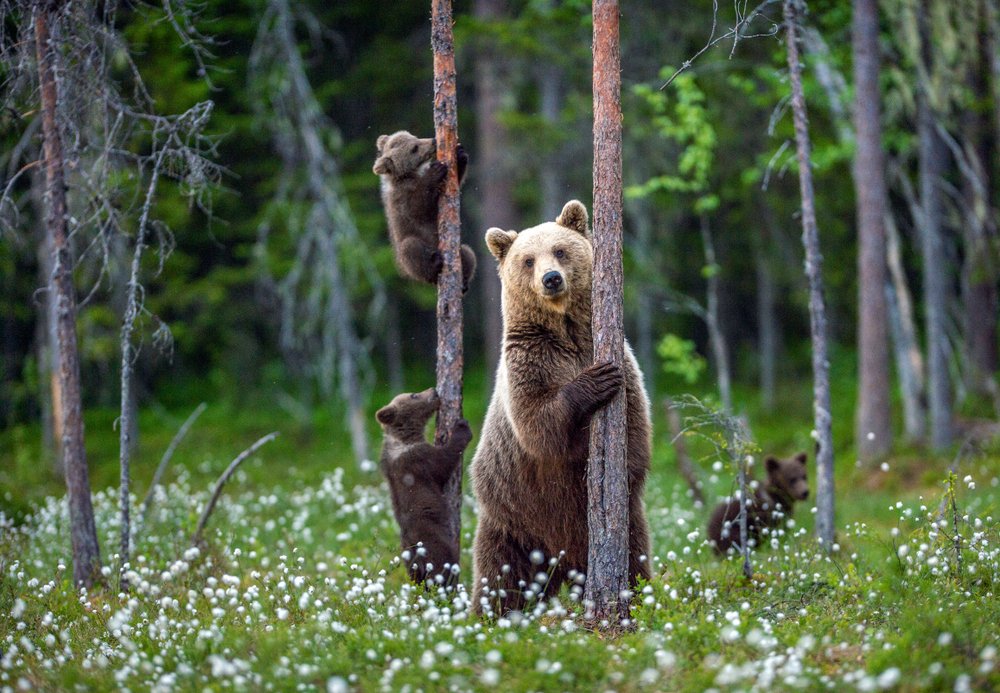
Aside from habitat loss and poaching, there are other factors that contribute to the decline of grizzly bear populations. Climate change is a major threat to these creatures, as it affects their food sources and habitats. As temperatures rise, snow melts earlier in the year, making it difficult for grizzly bears to find food during hibernation. Additionally, changes in precipitation patterns can also affect their access to food.
Human Activities That Decline Population Of Grizzly Bears
Human activities such as recreational activities like hiking and camping can also disturb grizzly bears and their habitats. This can cause them to move to new areas or leave their young behind, disrupting the natural behavior of these animals.
Another factor that affects grizzly bear populations is human-bear conflicts. As humans continue to expand into grizzly bear territories, encounters between humans and bears become more frequent, often resulting in conflict and sometimes death for both parties. This highlights the importance of educating the public on how to safely coexist with grizzly bears and minimize these conflicts.
Role Of Climate Change In The Decline Of Population
Climate change also poses a threat to grizzly bears. Rising temperatures and changing weather patterns have affected their food sources, such as salmon and berries, leading to reduced reproductive success and overall survival rates.
Role Of Deforestation In Decline Of Grizzly Bears Population
Deforestation is another significant factor in the decline of grizzly bear populations. As forests are cleared for agricultural and industrial purposes, grizzly bears lose their natural habitats and food sources. This not only affects the bears but also disrupts the entire ecosystem that they play a crucial role in.
What Is The Natural Predators Of Grizzly Bears?
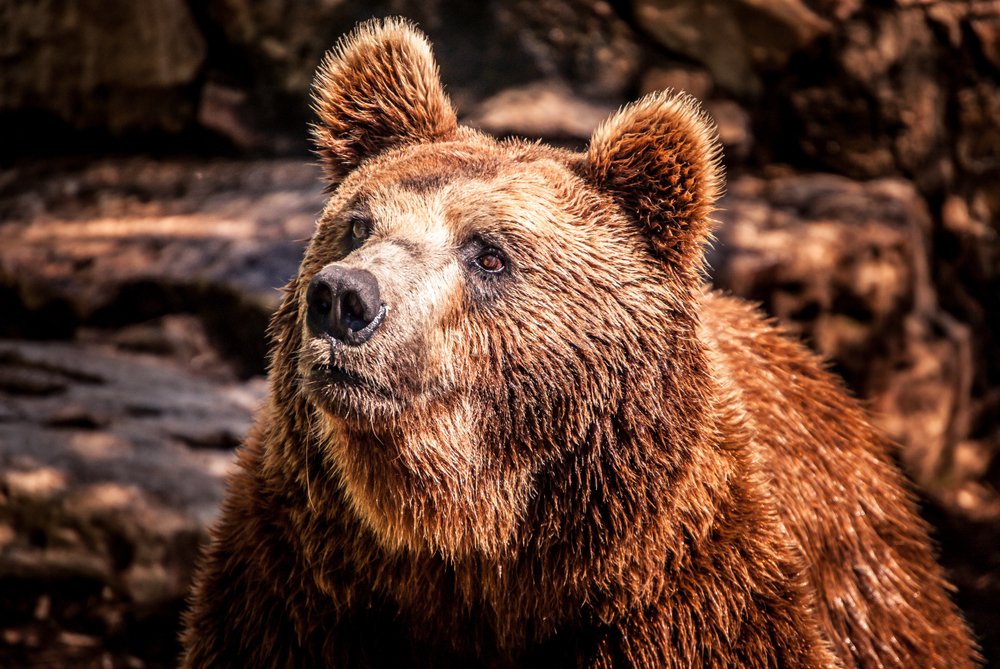
Grizzly bears are apex predators, meaning they have no natural predators. However, there are instances where other animals may compete with grizzly bears for food or resources. Wolves and mountain lions are known to occasionally prey on grizzly bear cubs, but these interactions are rare.
Who Is The Killer Of The Grizzly Bears?
The main killer of grizzly bears is human beings. Although hunting and poaching have been significantly reduced due to conservation efforts, human activities still pose a threat to these animals through habitat loss, conflicts, and climate change. It is crucial that we continue to protect and conserve grizzly bear populations for the sake of their survival and the health of our ecosystems. Overall, while the population of grizzly bears has improved over the years, it is still a fragile one that needs our attention and efforts to ensure its long-term survival.
What Is The Conservation Efforts For Grizzly Bears?
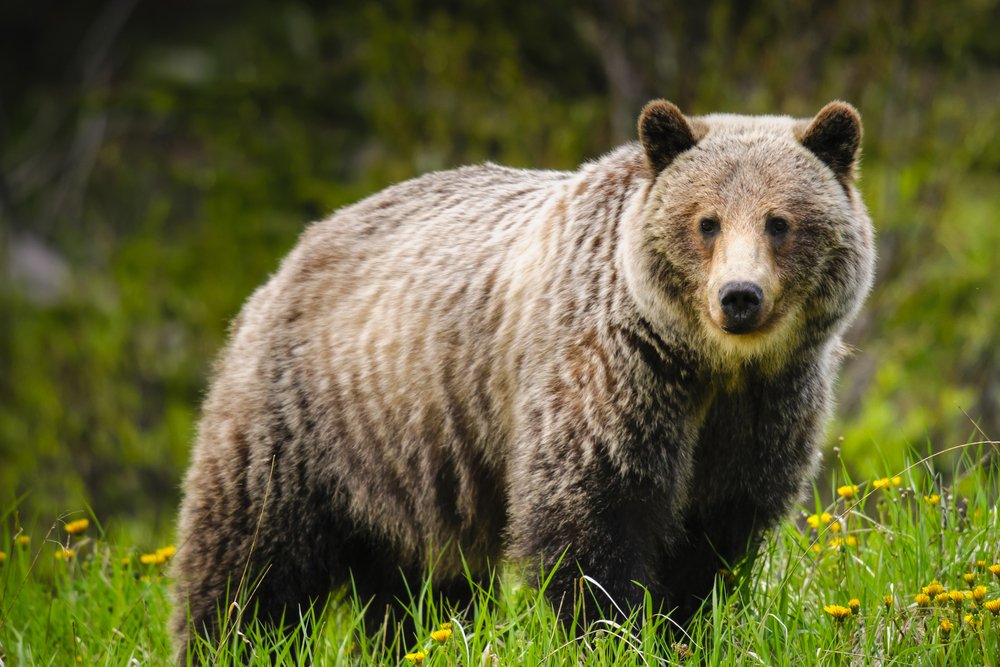
In response to the declining grizzly bear population, various conservation efforts have been implemented. These include protecting their habitats, implementing strict regulations on hunting and poaching, and translocating bears to new areas where they can thrive.
What Is Being Done To Protect Grizzly Bears?
Numerous conservation efforts are underway to protect the remaining grizzly bear populations. These include strict hunting regulations, habitat protection measures, and captive breeding programs. Additionally, education and awareness campaigns are being conducted to promote coexistence between humans and grizzly bears.
Final Thoughts
While the global population of grizzly bears may be estimated at around 55,000 to 60,000, it is important to note that this number may not be entirely accurate due to limited data. However, through conservation efforts and increased awareness, we can work towards preserving these magnificent creatures for future generations to admire and appreciate. By protecting their habitats and implementing strict regulations, we can ensure that the grizzly bear population continues to thrive in the wild.
Read Also: Can Brown Bears Climb Trees?

